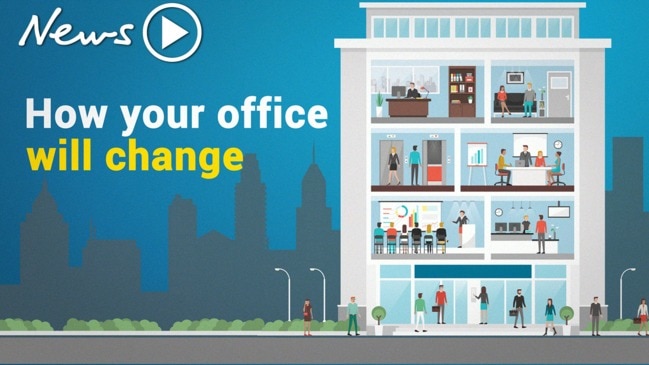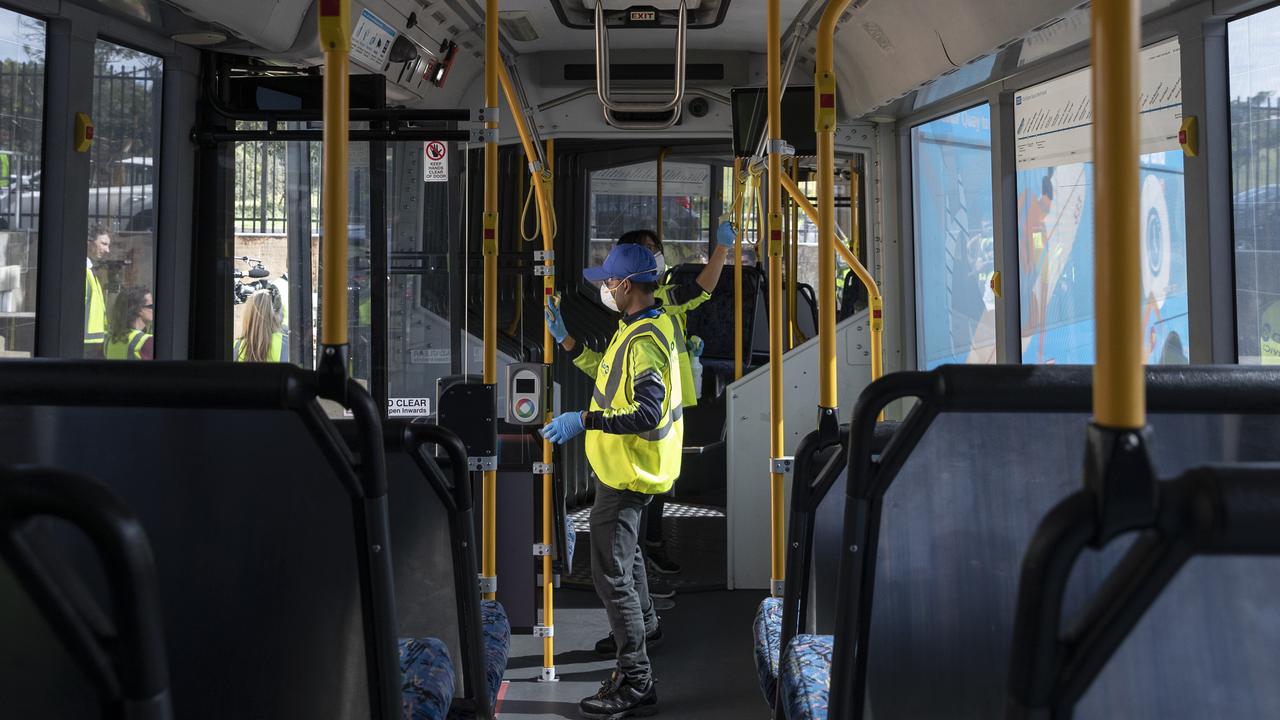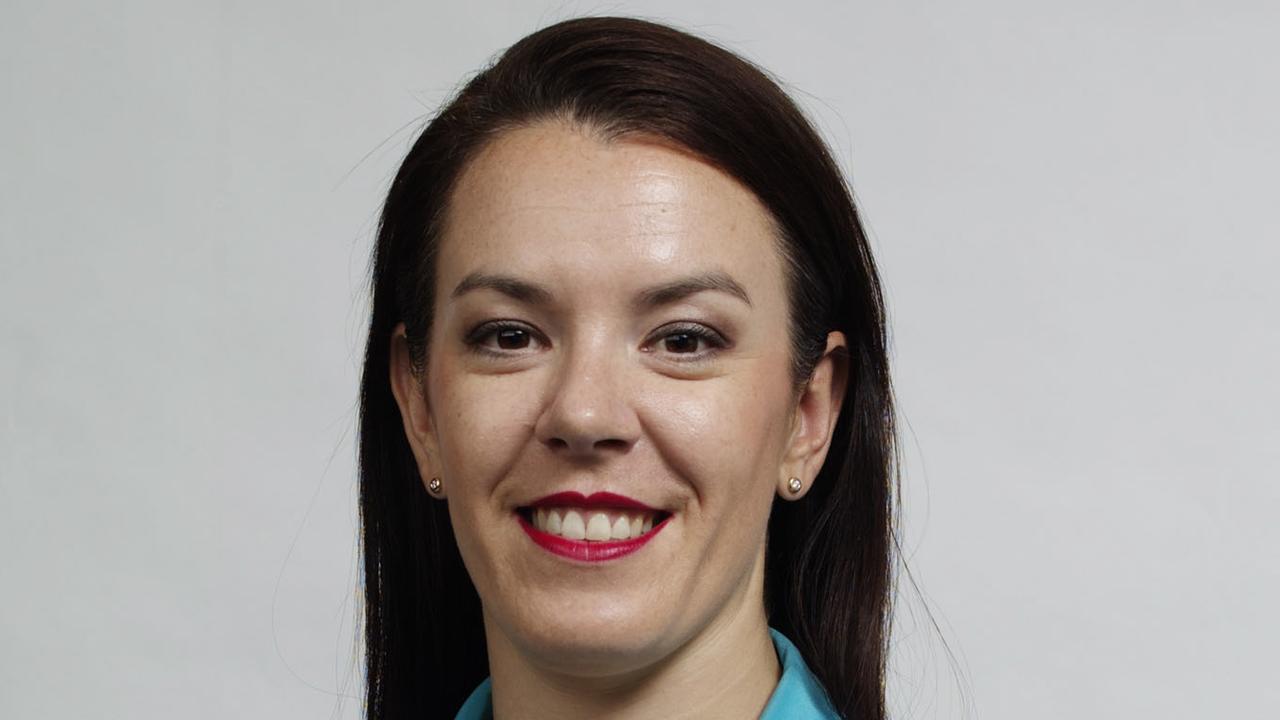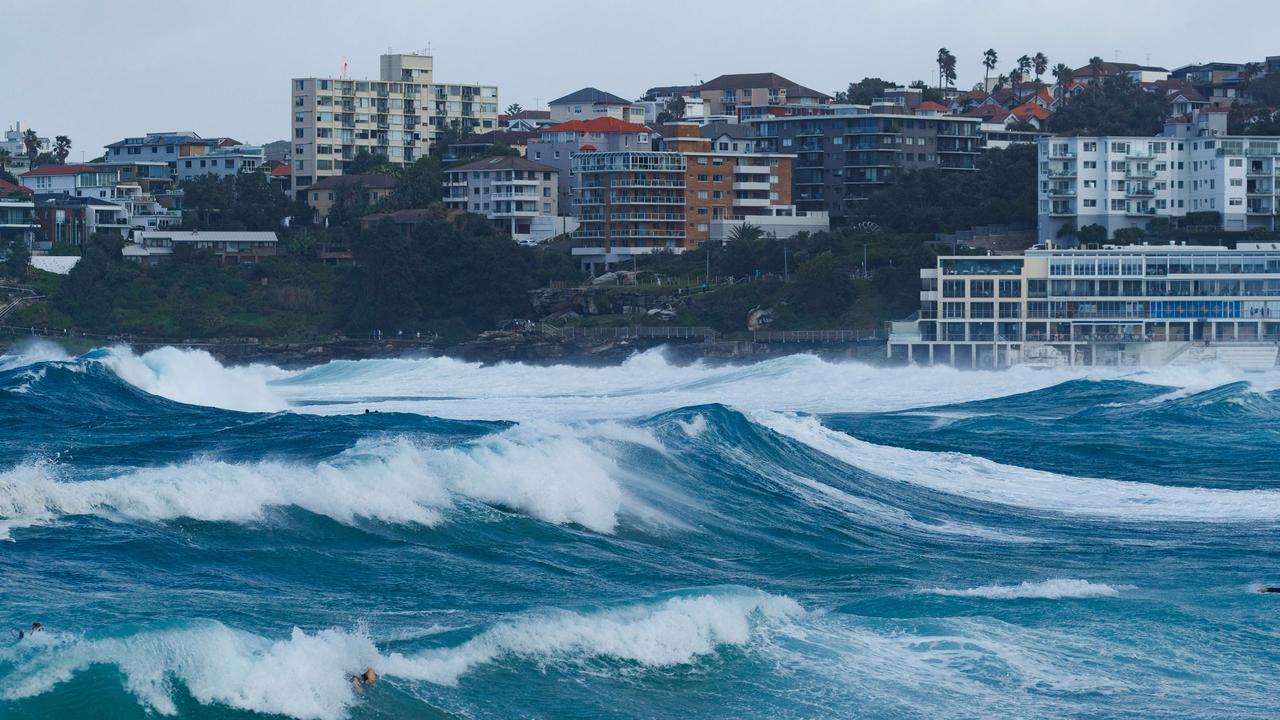Commuter limits, extra parking and bike lanes proposed to help NSW return to work
NSW Premier Gladys Berejiklian has warned commuters not to catch public transport, with fears it could lead to an influx of coronavirus cases.

NSW Premier Gladys Berejiklian has issued a plea to Sydney residents returning to work in the coming weeks, urging them not to use public transport for fears it will cause an influx of new virus infections.
“Can I please really stress - and from someone who’s passionate about public transport - we don’t want any more people, at this stage, catching public transport in the peak,” Ms Berejiklian said this morning.
“Do not use public transport - if you’re not already on the bus or the train in the morning, do not catch public transport in the peak.
“And I stress that strongly. Because we know, overseas, public transport - unfortunately - was the main reason why the disease spread.”
Ms Berejiklian’s warning comes as a new round of coronavirus restrictions are rolled back around the state today, with the government’s attention now turning to helping people return to work.
“Our focus in New South Wales is about getting people back to work,” the Premier told reporters.
“It broke my heart yesterday to think about the 221,000 people in our state who lost their jobs in April. That’s 221,000 individuals or families having to worry about the mortgage or rent or kids’ school fees and we don’t want to see more of that, we want to try and reverse the trend.”
RELATED: Follow the latest coronavirus updates
RELATED: ‘Incredibly unsafe’: Packed train photo

But in order to make the transition from home to the office as seamless as possible, the state government could be forced to open up more CBD parking and build temporary bike lanes.
Ms Berejiklian met with ministers and senior bureaucrats this week to formulate how Sydney’s transport network will cope when coronavirus restrictions are lifted, according to a report by The Sydney Morning Herald.
People may embrace the easing of pandemic measures, but transport experts predict they’ll avoid trains, buses and ferries as life returns to normal, causing a surge in traffic in the coming weeks.
Tough social distancing rules will also be imposed at train stations and on buses for those who do choose to take public transport.
Two sources with knowledge of the discussions told the publication proposals under consideration include a cap on the number of people allowed on a train station at one time.
Bus capacity could also be cut and new bike lanes built to encourage people to cycle into the CBD, The Herald reports, as well as opening up more CBD parking to encourage people to drive instead of catching public transport.
Senior lecturer in transport and logistics at the University of Sydney, Geoffrey Clifton, said NSW would have to balance the needs of getting people to work with health measures aimed at preventing another outbreak.
“The roads is where we will see the first surge in demand,” Dr Clifton told the publication, warning that trains or buses could pose a public health risk.
He said the government must now “flatten the curve” when it came to peak hour commuting, and encourage businesses to allow people to work outside conventional times.
RELATED: Should I wear a mask on public transport?
RELATED: Can I refuse to return to work?
It follows a suggestion by Australia’s chief medical officer Brendan Murphy on Sunday that staggered start and finish times for workers could be the answer to easing peak hour density.
Professor Murphy said increased numbers on buses and trains would create challenges around maintaining social distancing.
“One of the most important things is to reduce the density,” Prof Murphy told reporters, adding social distancing was not possible “when you are crowded”.
Public transport agencies have already introduced COVID-19 safety measures, with increased cleaning and the provision of hand sanitiser for commuters.
Prof Murphy said while people who could still work from home should continue to for the time being, the government was looking at ways to spread out passengers returning to the workplace.
“We are also keen for employers and employees to look at staggered start and finish times,” he said.
“I think we have to think about a very different way of people maybe starting at work, some starting at seven o’clock, some starting at 10 o’clock and people finishing at different times.”
Union officials are expected to meet with the NSW Government on Friday to discuss how the transport networks will be run in the coming weeks.



